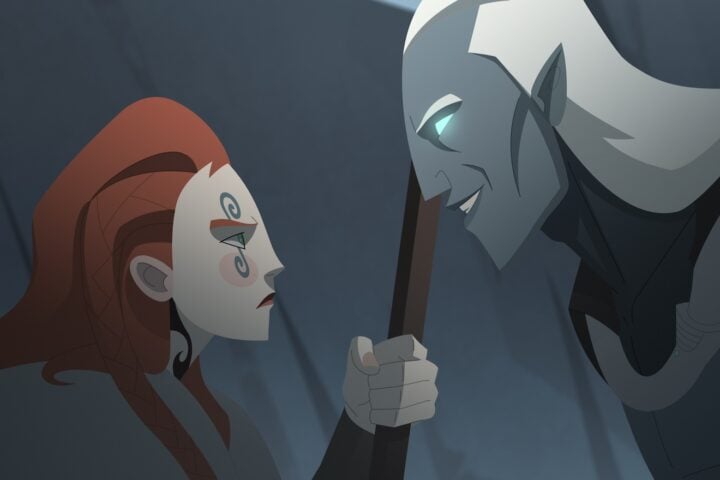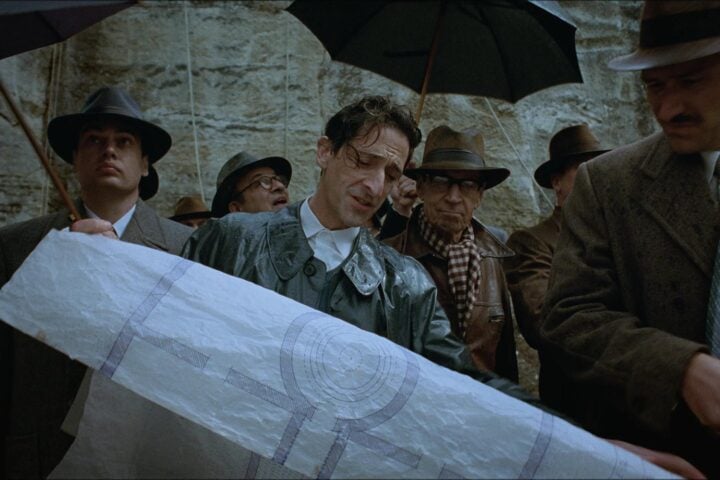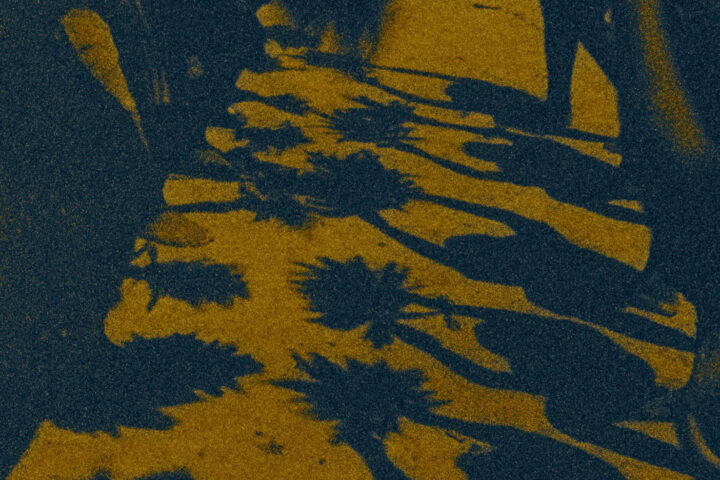“Cinderella” meets Cronenberg in writer-director Emilie Blichfeldt’s The Ugly Stepsister, which locates new potency in an enduring folk tale through a simple shifting of perspective, namely to that of the titular stepsister. This Scandinavian reconfiguring of “Cinderella” isn’t interested in reclaiming or rehabilitating this archetype. Instead, Blichfeldt just wants to recognize the character in all her humanity and hubris.
Elvira (Lea Myren) is no gargoyle; she’s just gawky in the way that any teenager would be. However, her family’s finances make it such that she needs to will her fantasy of marrying a prince into reality. To increase Elvira’s marriage odds over those of her angelic, blond stepdaughter, Agnes (Thea Sofie Loch Næss), the newly widowed matriarch Rebekka (Ane Dahl Torp) insists upon an overhaul of her biological daughter’s physical features.
The Ugly Stepsister locates the origins of contemporary beauty culture in centuries-old practices. The technology to achieve such ends has changed since the late 1800s, and it continues to evolve because the impulse to find shortcuts to sultriness persists. Before advanced plastic surgery, there were rudimentary procedures involving the manual resetting of physiognomy with a mallet. Ahead of Ozempic hitting the market, women desperate to shed a few pounds could ingest a tapeworm to absorb the food in their intestines.
The film often seems content to dance on the surface of such clever parallels, with its methodical approach to depicting Elvira’s transformations emphasizing physical process over emotional interiority. But where it positions the viewer in relation to the character pays dividends. Rather than observing Elvira’s travails from a place of detached irony above the circumstances of her era, Blichfeldt empathetically, if also excruciatingly, places us at eye-level with her, so that it feels like we’re realizing the emptiness of the “pain is beauty” mantra alongside her.
Blichfeldt appears to recognize that the correlations she’s making aren’t entirely novel, so the way she presents them have to be. It’s one thing to intellectualize the painful impact of a cosmetic procedure and another to feel it just as viscerally and immediately as Myren does in her tortured, tenacious performance. But The Ugly Stepsister’s style is measured, not just maximalist, when it comes to body horror. Blichfeldt knows the exact point of queasiness to which she can push an audience and gradually tests how much further she can move that mark with each successive scene. The film’s carefully calibrated camera placement, sound design, and editing rhythm align spectator and subject in mutual agony and anxiety.
As The Ugly Stepsister pushes us deeper into the suffering caused by the techniques to which Elvira turns for self-improvement, Blichfeldt begins to show her hand and reveal the film’s inversion of the makeover mythology. The standard, sanitized version of this journey finds a justification for the sacrifices; under that logic, a focus on outer beauty is merely a way of radiating one’s hidden inner beauty. But Elvira’s experience proves the opposite, as physical mutilation begets psychological mortification here: The pursuit of outer beauty to entrance the prince corrodes her soul to such an extent that the rot must find external expression.
The film’s tone shifts accordingly toward the grotesquely comedic as Elvira becomes increasingly self-destructive. Blichfeldt particularly relishes the cruel irony in the disparity between the great lengths of time that women spend making themselves desirable and the split-second judgments that men make about their sex appeal. And in turning a cottage industry that preys on female insecurity into a punchline, The Ugly Stepsister comes to fulfill its noblest function. Here we have a reimagining of “Cinderella” where it isn’t the ugly stepsister who serves as the joke, as Blichfeldt sees the system as the ugly one.
Since 2001, we've brought you uncompromising, candid takes on the world of film, music, television, video games, theater, and more. Independently owned and operated publications like Slant have been hit hard in recent years, but we’re committed to keeping our content free and accessible—meaning no paywalls or fees.
If you like what we do, please consider subscribing to our Patreon or making a donation.






